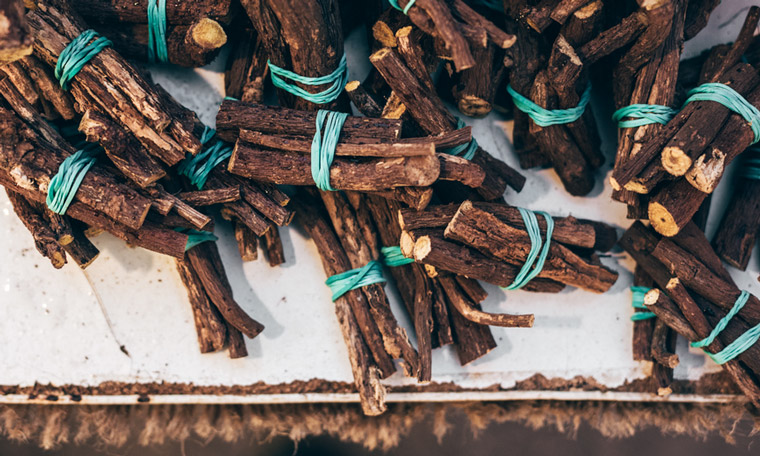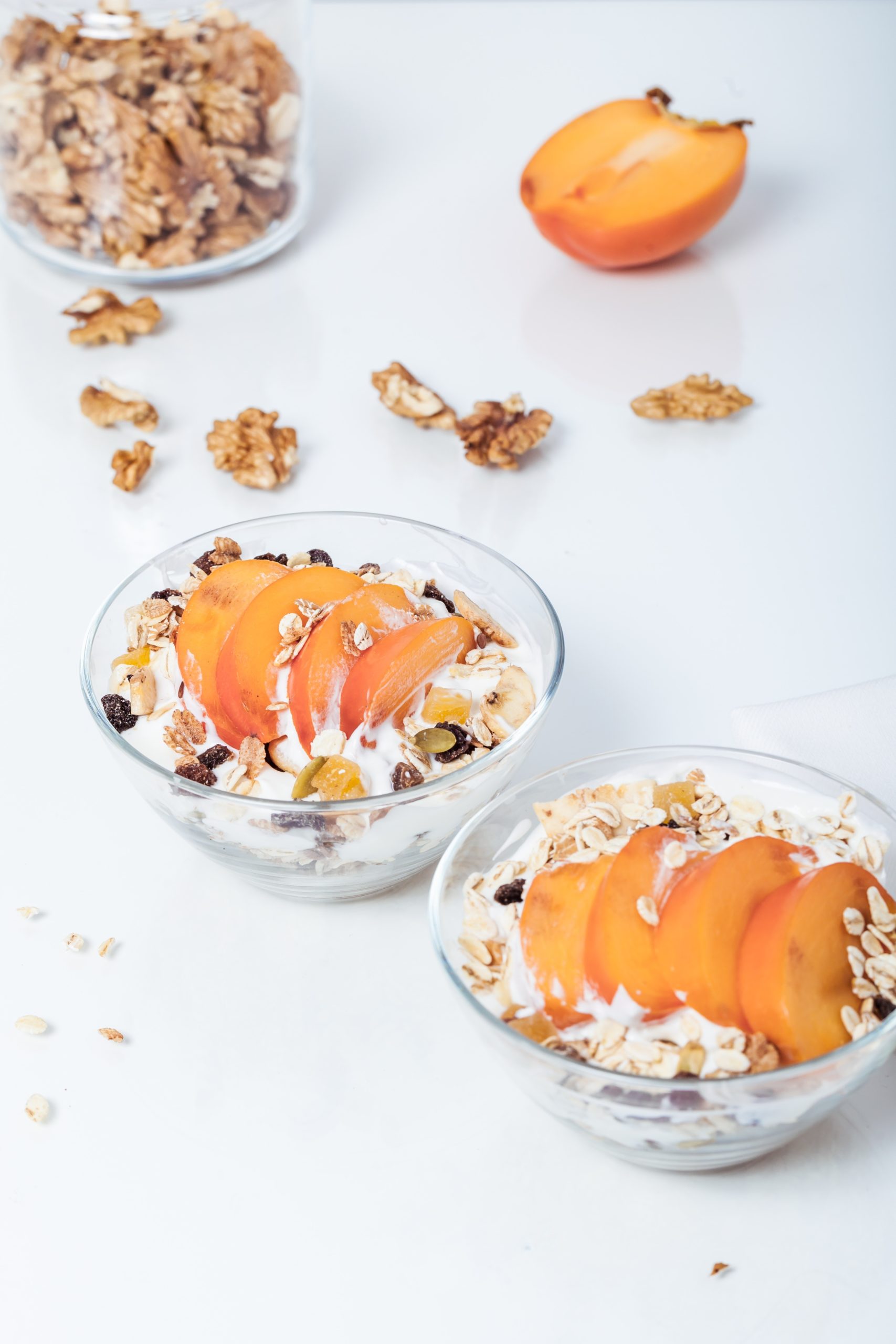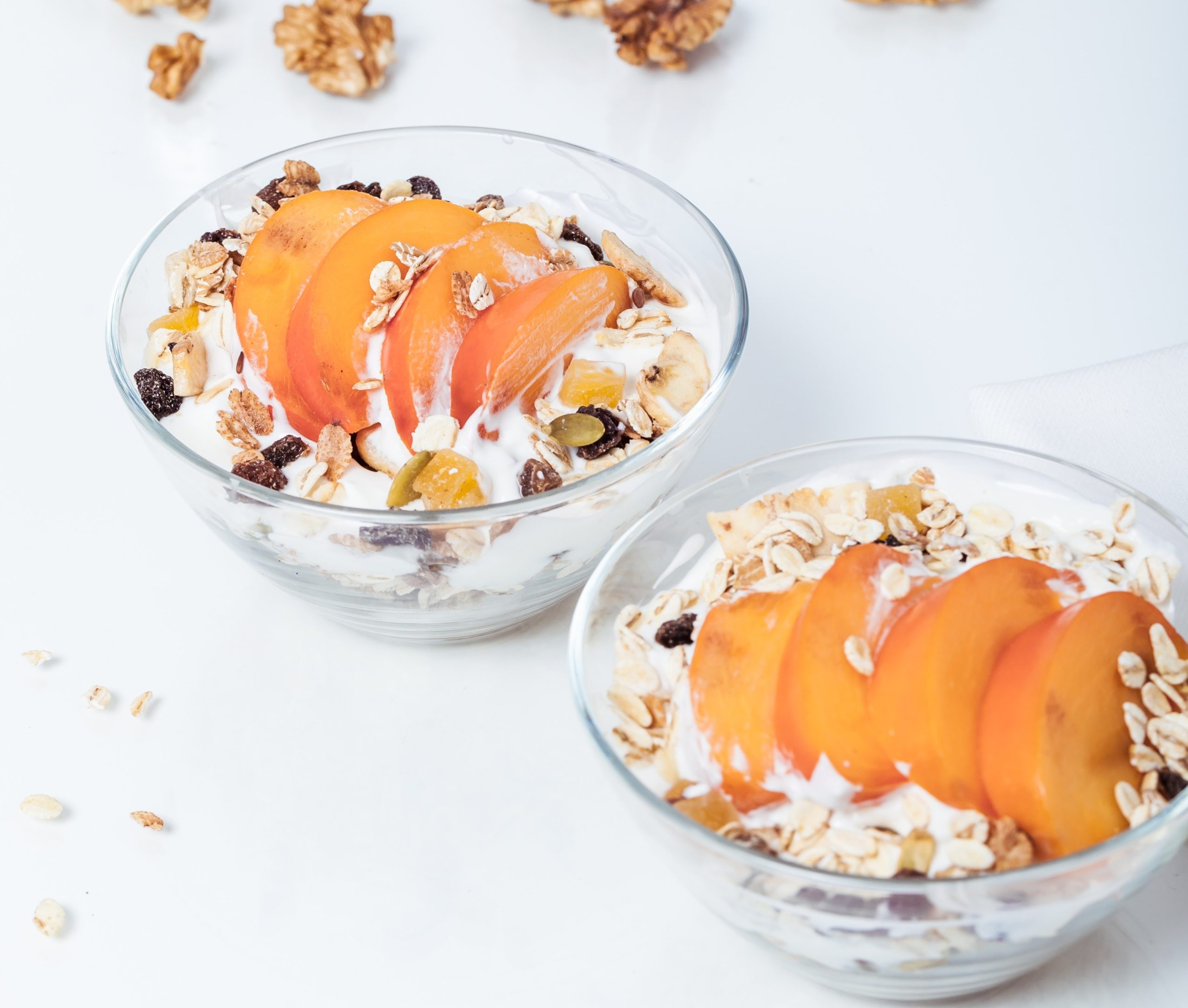Let’s talk about licorice root extract! Since it’s really easy to become overwhelmed when searching for a new product, Ingredient Spotlight is here to break down the basics. Here we’ll teach you how an ingredient works and leave you with product recommendations to help you with your search.
The line between food and skin care is getting thinner and thinner, with edible ingredients showing up in tons of skincare products today. While it makes sense that something good for your insides will be good for your outsides as well, not all food is equal when you slap it on your skin. Licorice – yes, the same licorice that you’ll find in the confectionary aisle – is one of the best “food” ingredients, if you’re into bright, glowing skin!
The licorice plant (technical name Glycyrrhiza glabra) comes from some parts of Europe and Asia. All the good stuff is found in the root of the licorice plant, which has been used for thousands of years to treat everything from stomach ulcers to hepatitis to diabetes (and it’s been found to be effective for some of these uses in clinical studies). You’ll find licorice extract by itself in your products, or you may find one of its 3 key components, which are: glycyrrhizin (you may see this in products as glycyrrhizic acid, glycyrrhetic acid or dipotassium glycyrrhizate), liquirtin and glabridin. Here’s what it can do for your skin:
Anti-inflammatory and anti-irritant:
Licorice extract is fantastic for calming down redness, puffiness and itching – it’s a very useful tool to have on hand if you have sensitive skin or a skin condition like rosacea, or you’ve just gone overboard with skin care actives!
Antioxidant:
As your skin is exposed to the elements, and even as it goes through its normal biological processes, it’s bound to be exposed to damage from reactive oxygen species (ROS) which attack its components randomly. Antioxidants like licorice help soak up this damage, like a bulletproof vest.
Brightening effects:
The one you’ve been waiting for! All three of the key licorice chemicals can act against hyperpigmentation, such as age spots, acne scarring, sun damage and melasma. Glabridin is thought to protect skin from darkening in the first place, while liquirtin can spread out the melanin in existing pigmentation and increase skin renewal. In one study on melasma, a skin condition that looks a bit like heavy freckling, liquirtin was found to work even better than hydroquinone, the gold standard treatment for hyperpigmentation. Licorice also has much fewer side effects than your typical anti-pigmentation treatments, thanks to its amazing anti-irritant abilities.
The perfect way to start using licorice:
Licorice is pretty popular in skin care products, particularly on the Korean market. Luckily, you can find it in products that suit most budgets, too. Check out the best selling Acwell Licorice pH Balancing Toner and Acwell Licorice pH Balancing Intensive Eye Cream. These staples will balance, brighten, and calm any skin type.
















